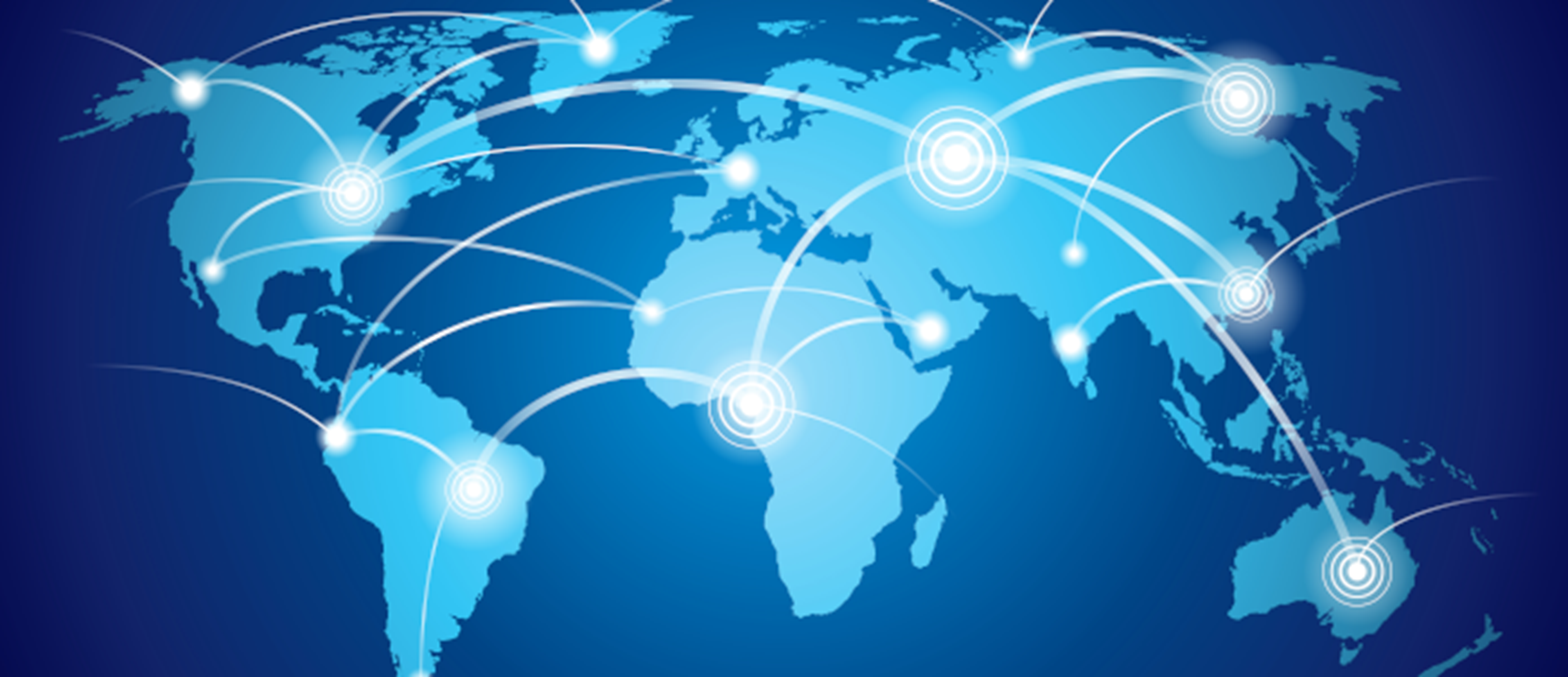Tổng số bài đăng 397.

Source: UNStats
ERIA conducted a study on global value chain (GVC) integration in manufacturing between India and ASEAN, with a special focus on foreign direct investment (FDI) as a key driver of enhanced GVC integration.
According to ERIA, India's role in the global economy has expanded rapidly, although much of its growth has been driven by domestic demand. Despite this, India has made significant progress in GVC participation, and notable potential exists to tap into external demand if India enhances its international competitiveness and further integrates into global supply chains.
ERIA’s study examines the GVC performance and integration of both India and ASEAN, bilaterally and globally, offering policy recommendations to boost trade competitiveness in manufacturing within the region and on a global scale. Extensive analysis of GVC participation data provides insights into how India is performing in terms of exports and imports of intermediate goods that feed into other countries' exports. Bilateral data sets help gauge the level of integration in value chains across various trading partners. India's GVC trajectory suggests that it is gaining ground by adding more value to GVCs, while its reliance on foreign value-added content has decreased due to sustained FDI inflows that have strengthened domestic supply chains. ASEAN, on the other hand, remains consistent in GVC participation but is heavily dependent on China, especially for imports, reflecting strong backward participation in the GVC with China.
While ASEAN is more deeply integrated into regional and global value chains, India has steadily improved its GVC integration. However, India's integration has been uneven, and ASEAN’s integration with major developed economies has declined since its peak in the late 2000s. During the same period, ASEAN’s integration with India has grown, though ‘China centrality’ in ASEAN's GVCs remains dominant.
Although FDI in India has been increasing across many manufacturing sectors, the most significant growth has been in ICT, financial, and professional services, particularly in forward participation. However, attracting FDI in ICT alone may not suffice for India's need for job creation and income growth, as manufacturing FDI generates more employment across diverse skill levels. The ongoing trend of de-risking supply chains away from China presents new opportunities for both India and ASEAN. Additionally, shifts in trade policies in major developed markets, such as the US and the EU, which now prioritise diversified and resilient supply chains, along with the rise of new production centers in India, South Asia, West Asia, and Africa, offer ASEAN the chance to diversify its trade connections. This moment presents an opportunity for ASEAN to adjust its GVC map by increasing integration with India, particularly in the emerging digital economy.
The key to deeper GVC integration and improved trade quality lies in fostering greater bilateral FDI between India and ASEAN. Identifying complementarities in manufacturing and the digital economy, along with enhancing capacity, will be critical for advancing India–ASEAN economic relations.
Source: “GVC Mapping for ASEAN and India: Trade Prospects in the Current Economy and Goods of the Future” (ERIA)









